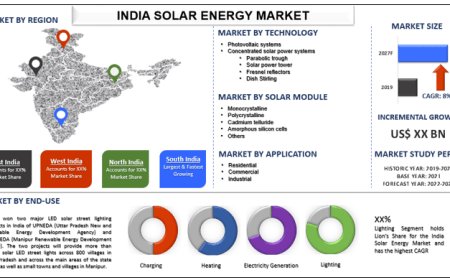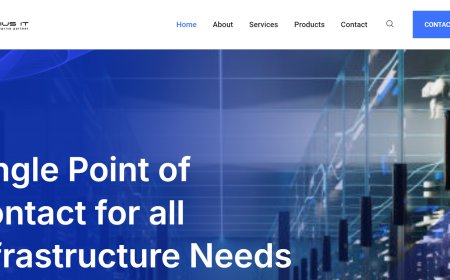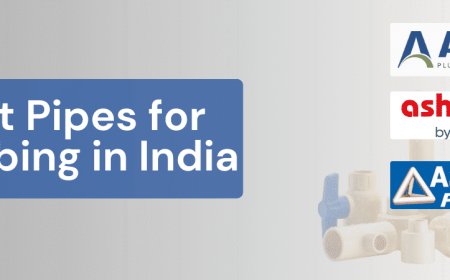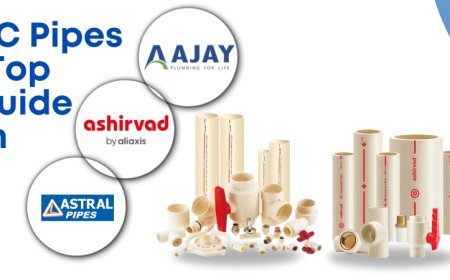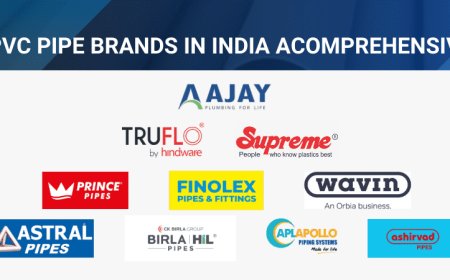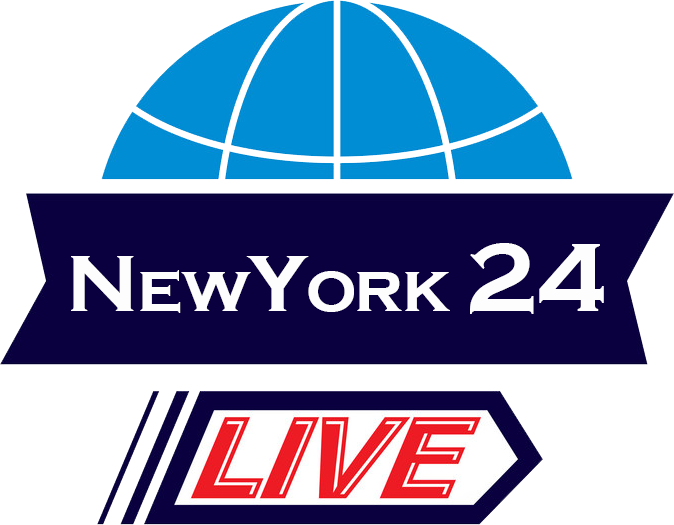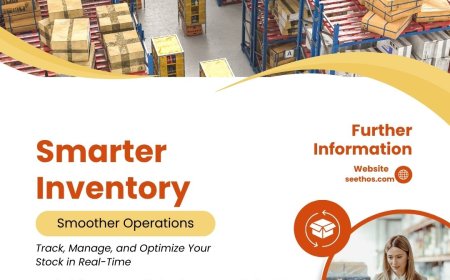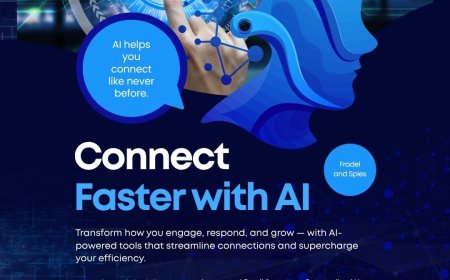Webhooks vs. APIs in MLM Tech: When to Use What
Discover the key differences between webhooks and APIs in MLM software development. Learn when to use each for better integration, real-time updates, and scalable MLM performance.

For MLM businesses investing in technology, system communication is no longer optionalits essential. Whether it's syncing distributor data, processing commissions, or confirming payment status, modern MLM software needs to integrate smoothly with multiple platforms. This is where two terms often come into play:Webhooks and APIs.
While they may sound similar, they serve very different purposes in the world of tech integrations. Choosing the right one in the right situation can make a noticeable difference in how responsive and efficient your MLM system is.
What Are APIs?
APIs, or Application Programming Interfaces, are like middlemen between software applications. They allow one application to ask another for data. For example, if your MLM software needs to fetch updated stock levels from a third-party inventory system, it would send a request using an API. The other system replies, and your application updates itself accordingly.
APIs are typically used when your system needs to request information at specific intervals or when triggered by a user action. They are highly reliable and give developers greater control over how and when data is retrieved.
What Are Webhooks?
Webhooks, on the other hand, operate differently. Instead of polling a server for updates, a webhook waits for an event to happen. When that event occurslike a new distributor signs up or a payment gets confirmedthe other system immediately sends that data to your application.
You can think of APIs like checking your mailbox every few hours, while webhooks are like your phone ringing when someone sends you a message. Webhooks are all about real-time updates with zero delay.
In MLM Software, Why Does This Matter?
In a Multi-Level Marketing setup, timing is everything. A commission earned must reflect immediately. A distributors status update needs to sync across systems. Your softwares ability to act promptly can influence everything from financial reporting to user experience.
So, when should you use which?
Use APIs When:
-
You Need On-Demand Data: Lets say your admin wants to check how many sales happened this week. This is a perfect case for an API, where the software can retrieve the current numbers when the user asks for it.
-
Youre Working With Scheduled Processes: Monthly rank updates, weekly payout cycles, or distributor performance summaries are usually best handled with API calls scheduled at intervals.
-
System Control Is a Priority: APIs give more flexibility in error handling. If the data source is down, your software can retry laterhelping maintain system stability.
Use Webhooks When:
-
Immediate Response Is Critical: When a customer makes a payment and the system needs to assign referral points and trigger a welcome email, a webhook is ideal. It eliminates waiting and updates instantly.
-
Reducing Server Load Matters: With webhooks, youre not continuously asking the server if anything changed. Instead, youre notified only when something relevant happenssaving resources and bandwidth.
-
Automated Workflows Are Involved: If your MLM software integrates with third-party tools like email marketing, CRM, or accounting platforms, webhooks can automate tasks like creating new leads or invoices based on specific triggers.
Real Example in MLM: Using Both Together
Lets take a practical case. A top-tier MLM platform might use a webhook to receive immediate confirmation of a successful payment. This triggers an automated commission distribution, adds the user to a new rank, and sends a confirmation message.
At the same time, an API is used to generate the distributors full earnings report at the end of the month. This approachleveraging both tools for what they do bestis how well-engineered MLM platforms work behind the scenes.
If youre looking to build or upgrade an MLM system that gets this balance right, working with an experienced MLM software development company can save you significant time and technical debt.
Common Mistakes to Avoid
-
Relying Only on APIs for Everything: Many systems waste resources by constantly polling for updates. If the same result could be achieved with a webhook, this just adds unnecessary strain.
-
Overlooking Retry Logic in Webhooks: Webhooks are fast but fragile. If your receiving server is temporarily down, that data might be lost unless the system has a retry mechanism in place.
-
Ignoring Security Practices: Both APIs and webhooks require secure implementation. Use authentication tokens, validate incoming data, and always log events to catch issues quickly.
Final Thoughts
Webhooks and APIs arent competing toolstheyre complementary. APIs give you control and structure. Webhooks give you speed and efficiency. A smart MLM tech strategy knows when to use each.
If youre evaluating platforms, take a look at systems that let you test both capabilities. Platforms offering a real MLM demo with webhook and API integrations already in place will show you how responsive, scalable systems are built.
In MLM, small tech decisions can create big downstream effects. Choosing between a webhook and an API might seem minorbut in the fast-paced world of commission processing, every second and every transaction counts.















